Traveling to Japan is a dream for many, and 2025 presents an exciting opportunity to experience the Land of the Rising Sun in all its glory. With its fascinating blend of ancient traditions and cutting-edge modernity, Japan offers something for everyone—whether you're a history buff, tech enthusiast, or foodie. However, before you pack your bags, there are a few essential things to know that will help you make the most of your trip.
In this blog post, we’ve gathered the most important tips and travel advice to ensure your 2025 journey to Japan is as smooth and enjoyable as possible.
Things To Know Before Traveling To Japan in 2025
Table of contents
Disclosure: Some links in this post are affiliate links. If you make a purchase through one of these links, we may earn a small commission (at no extra cost to you!). We're very grateful when you use our links to make a purchase:-).
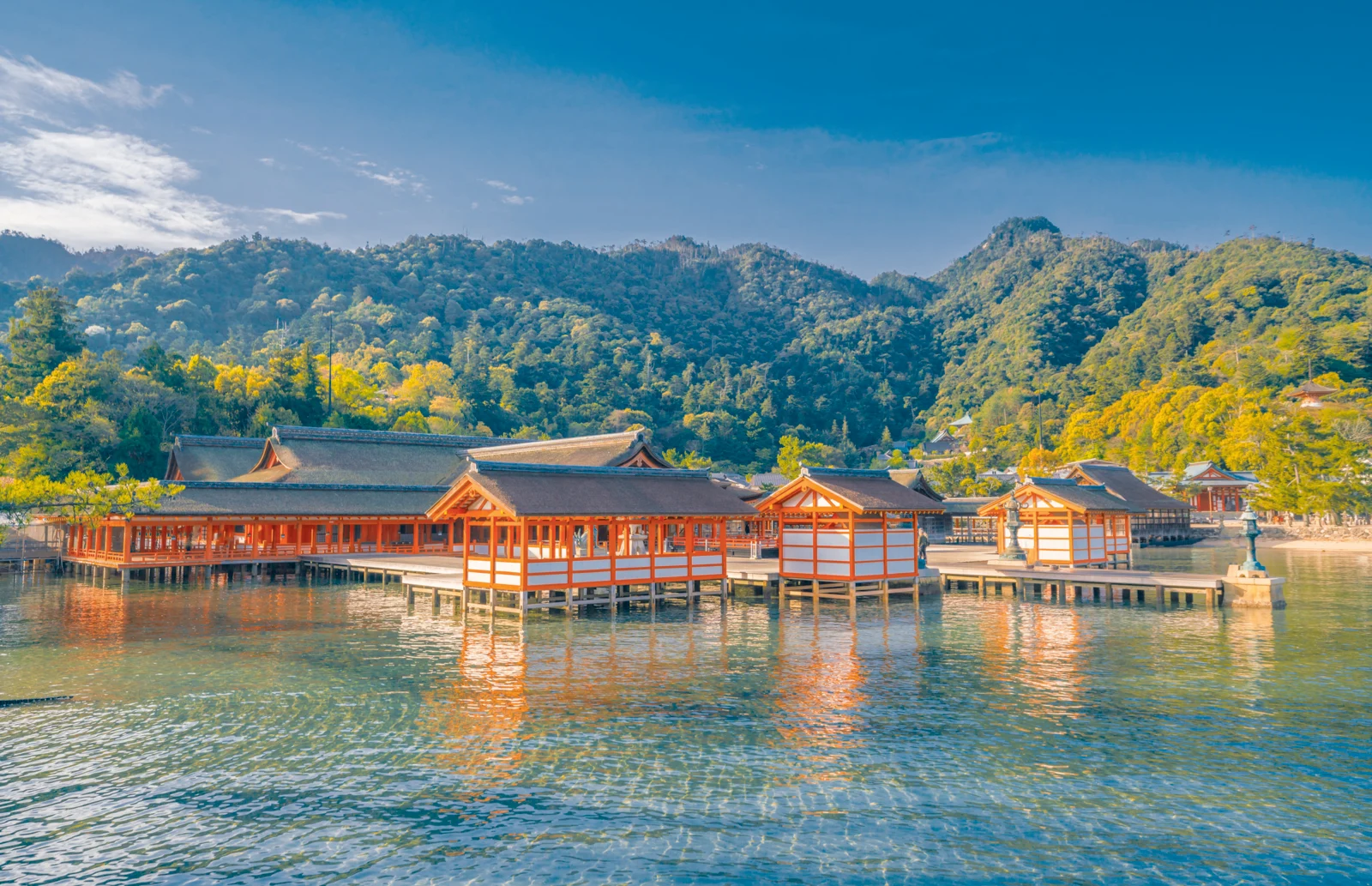
Visa and Entry Requirements
Before traveling to Japan in 2025, it's crucial to check the latest visa and entry requirements. While Japan has loosened some travel restrictions in recent years, some visa policies may still be in place, especially for travelers from certain countries. As of 2025, many travelers will likely need a tourist visa, unless they are citizens of a visa-exempt country.
Looking for cheap flights or all-in-one travel deals? Check out:
Trip.com (Competitive flight & hotel bundles)
Expedia (Flight + hotel savings)
WayAway.io (Cashback on flights & travel bookings)
- Visa Exemptions: Citizens of several countries (including the U.S., the UK, and Australia) can enter Japan for short stays without a visa, typically for up to 90 days for tourism purposes.
- Visa Application: For countries that require a visa, make sure to apply well in advance. The visa process generally involves providing proof of accommodation, return flight tickets, and enough funds for your stay.
- Travel Insurance: It’s highly recommended (and sometimes required) to have travel insurance that covers medical expenses, lost luggage, and trip cancellations.
2. Language Barriers
While Japanese is the official language, you’ll find that many signs, especially in major cities like Tokyo and Osaka, include English. However, Japanese is a complex language, and not everyone in smaller towns or rural areas speaks English fluently.
Here are a few tips to navigate the language barrier:
- Learn Basic Phrases: Knowing simple Japanese phrases like "Arigatou" (thank you), "Sumimasen" (excuse me), and "Eigo wa hanasemasu ka?" (Do you speak English?) can go a long way.
- Translation Apps: Download a good translation app (like Google Translate) to help with communication. Many apps now offer real-time translation through your phone camera.
3. Transportation Tips
Japan’s public transportation system is world-renowned for being punctual, clean, and efficient, making it easy to get around the country. However, there are a few key things to know before traveling to Japan in 2025:
Need a ride? Book airport transfers, taxis, or rental cars easily:
Kiwitaxi (Reliable private transfers worldwide)
Rentalcars.com (Compare car rentals for the best price)
- JR Pass: For tourists planning to explore Japan’s various cities, the Japan Rail Pass can be a great value. It gives you unlimited access to JR trains, including the Shinkansen (bullet trains), for a set number of days. If you’re traveling extensively between cities, this pass can save you a lot of money.
- Suica/Pasmo Cards: These rechargeable smartcards are used for subway rides, trains, and buses in major cities. They are very convenient for getting around and can even be used at vending machines and convenience stores.
- Taxis: Taxis are readily available in urban areas but can be expensive. Make sure to have your destination written in Japanese (or use an app) when hailing a taxi, as many drivers may not speak English.
- Bicycles: In some areas, like Kyoto, renting a bicycle is a great way to explore the city. It's affordable and gives you flexibility.
4. Respecting Japanese Etiquette
When traveling to Japan, understanding the culture and social norms is essential. Japan is known for its politeness, and following certain etiquettes will ensure that you show respect to locals:
- Quiet on Public Transport: It’s considered rude to speak loudly or take calls on public transportation. Be mindful of noise levels, especially on trains and buses.
- No Tipping: Tipping is not customary in Japan and can even be seen as offensive. Good service is included in the price, and workers take pride in offering exceptional service.
- Respect for Spaces: Be mindful of personal space. In busy places like Shibuya Crossing or on public transport, it’s important to respect others’ space and avoid crowding.
5. Currency and Payment Methods
Japan is still largely a cash-based society, although credit cards are becoming more widely accepted in urban areas. Here are some tips to help you manage your finances:
- Cash: Yen (¥) is the official currency. It’s a good idea to have cash on hand, especially for smaller shops, temples, or rural areas where cards may not be accepted. You can withdraw cash from ATMs in convenience stores like 7-Eleven, which accept international cards.
- ATMs: While ATMs are available, international cards may not work at all ATMs. Be sure to use ATMs located in convenience stores or major banks.
- Credit Cards: Most large stores, hotels, and restaurants in major cities accept international credit cards. However, check with the establishment before making a purchase.
6. Wi-Fi and Connectivity
While Japan is highly advanced in technology, free Wi-Fi is not always readily available, especially in rural areas. Here's how to stay connected:
- Pocket Wi-Fi: Renting a pocket Wi-Fi device or a local SIM card can keep you connected throughout your trip. These can be picked up at airports or ordered online in advance.
- Public Wi-Fi: In major cities, you’ll find free Wi-Fi in some cafes, restaurants, and public spaces, but it’s not as widespread as in other countries.
7. Food and Dining Etiquette
One of the highlights of traveling to Japan is the food. From sushi to ramen, Japan offers a wide variety of dishes. Here’s what you need to know before you dive into the culinary scene:
- Sushi Etiquette: When eating sushi, use your hands for nigiri, and always dip the fish side of the sushi (not the rice) into soy sauce. Avoid over-saturating it.
- No Tipping: As mentioned earlier, tipping is not customary, so don’t leave a tip when dining out.
- Customs at Restaurants: When you’re done with your meal, place your chopsticks back on the holder and make sure not to stick them upright in your rice (this resembles a funeral ritual).
8. Best Time to Visit Japan in 2025
The best times to visit Japan are typically in the spring (March to May) when the cherry blossoms bloom, or in the fall (September to November) when the autumn leaves create stunning landscapes. The summer months can be hot and humid, while winter offers skiing opportunities in places like Hokkaido and Nagano.
9. Health and Safety
Japan is one of the safest countries to visit, with low crime rates and high levels of cleanliness. However, there are a few health considerations to keep in mind:
- Travel Insurance: Always travel with comprehensive insurance that includes health coverage.
- Emergency Numbers: The emergency number in Japan is 110 for police and 119 for fire and medical emergencies.
- Health Care: Japanese medical facilities are top-notch, but services may not be available in English. It’s wise to know some basic medical phrases or use a translation app in case of illness or injury.
Find the best hotel deals for your next trip! Compare prices and book your stay on
HostelWorld (Amazing Hostels & Hotels around the world)
TripAdvisor (Compare hotels, read real reviews, and find the best prices)
What to see in Japan?
Japan is a treasure trove of incredible sights, from serene temples to bustling cities, lush nature, and breathtaking landscapes. Here are some must-see highlights across the country:
1. Tokyo

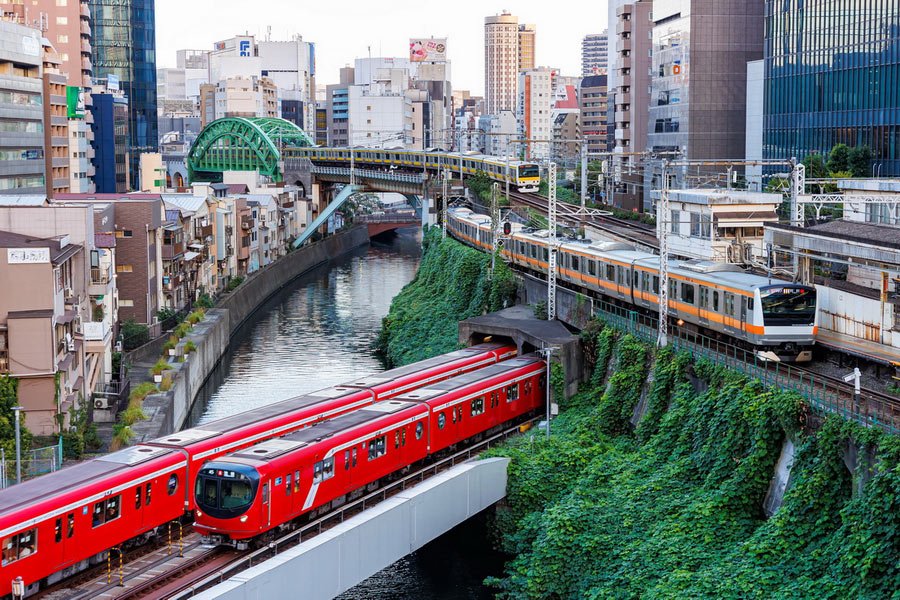
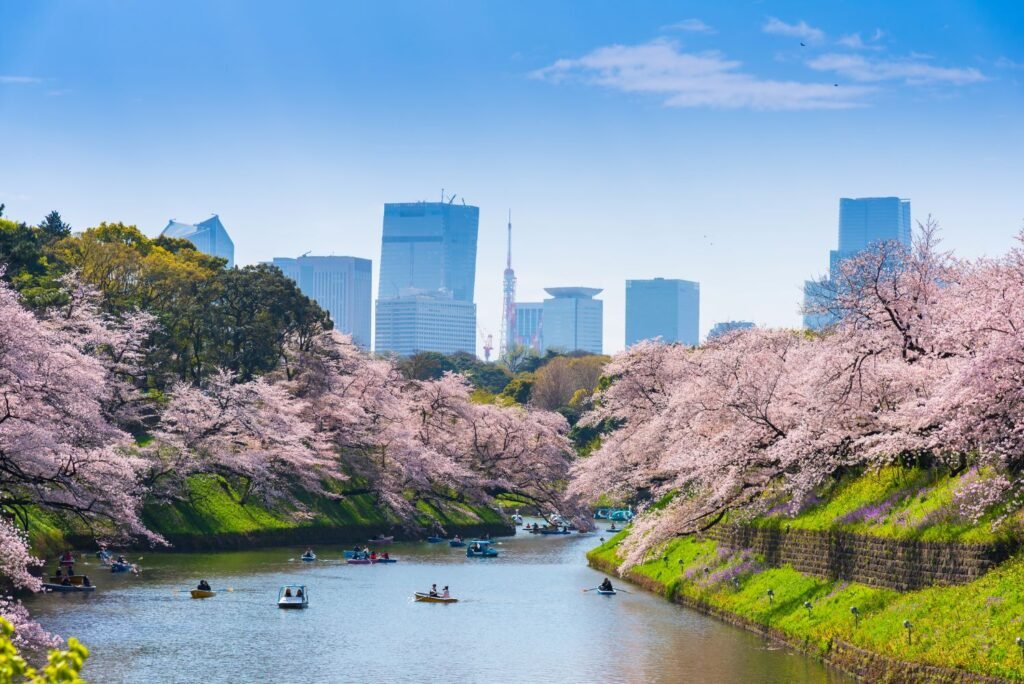
- Shibuya Crossing: The famous intersection, a symbol of Tokyo's vibrant energy.
- Asakusa & Senso-ji Temple: A mix of traditional culture with the buzz of a modern city.
- Tokyo Skytree: A giant observation tower offering panoramic city views.
- Odaiba: A futuristic waterfront with shopping, entertainment, and attractions.
Book top-rated tours and attractions on :
Viator (Best for curated global tours)
GetYourGuide (Skip-the-line tickets & local guides)
Klook (Great for Asia adventures & discounts)
2. Kyoto
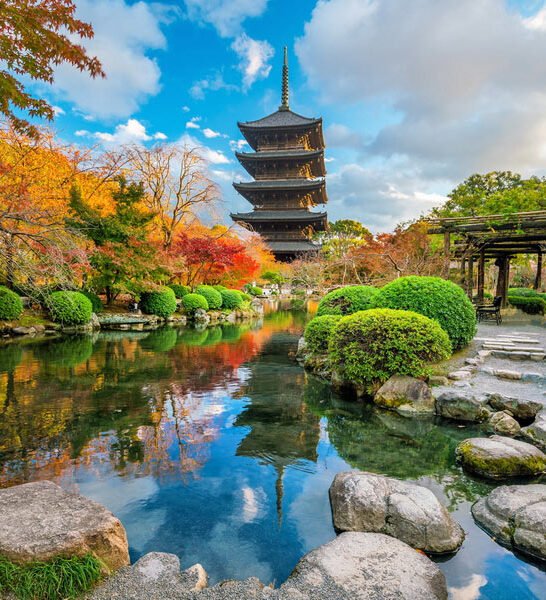

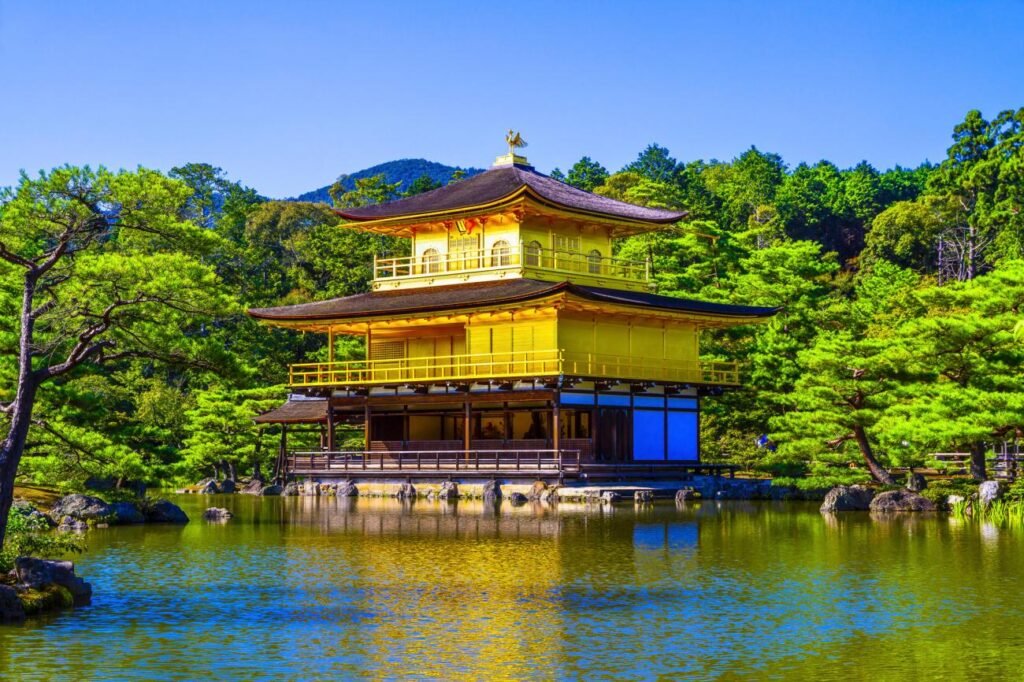
- Fushimi Inari Shrine: Iconic red torii gates stretching up Mount Inari.
- Kinkaku-ji (Golden Pavilion): A stunning Zen Buddhist temple covered in gold leaf.
- Arashiyama Bamboo Grove: A peaceful bamboo forest, perfect for a nature escape.
3. Nara
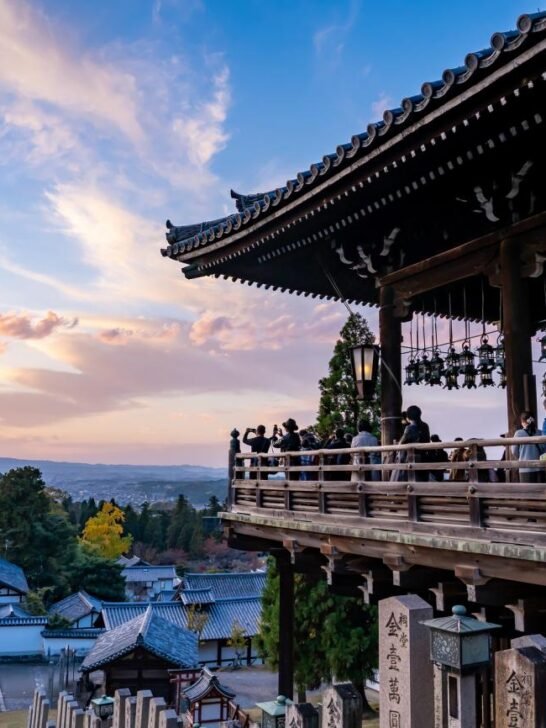
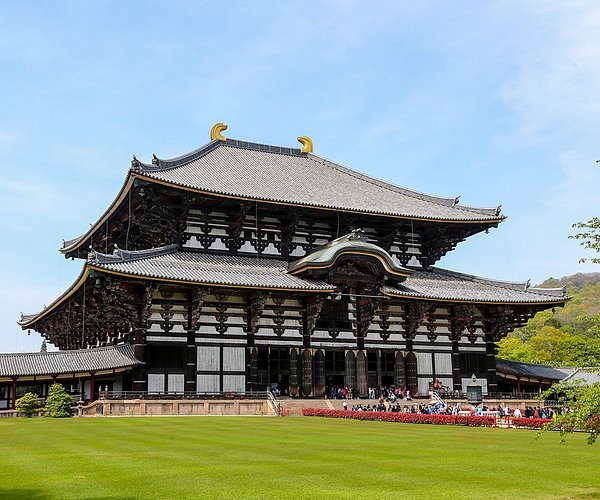
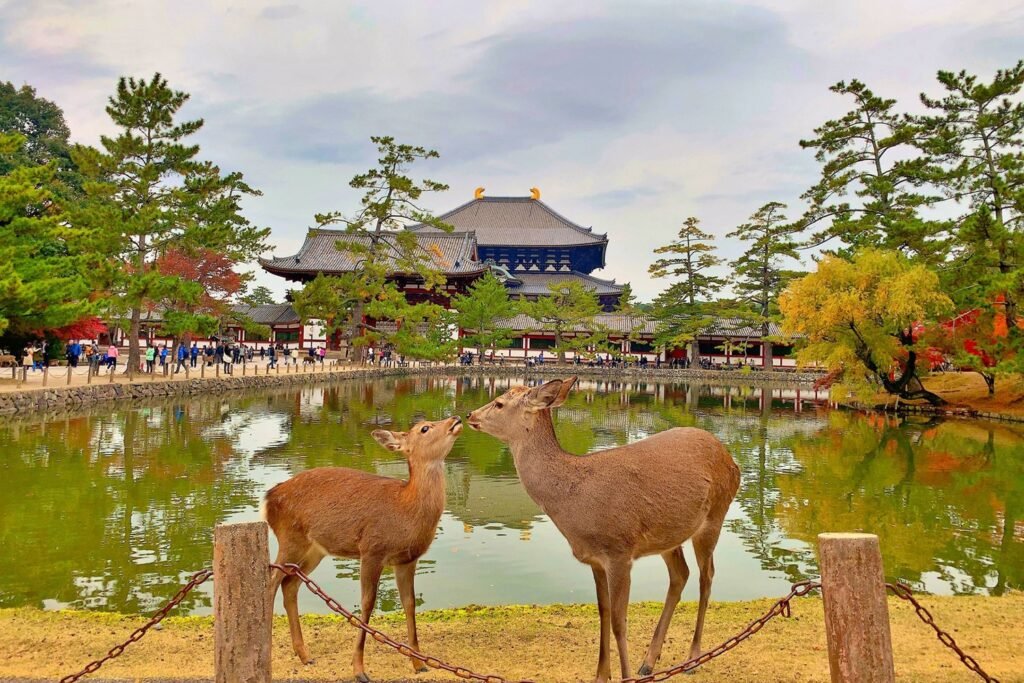
- Todai-ji Temple: Housing the world’s largest bronze Buddha statue.
- Nara Park: Famous for its friendly, free-roaming deer.
4. Mount Fuji


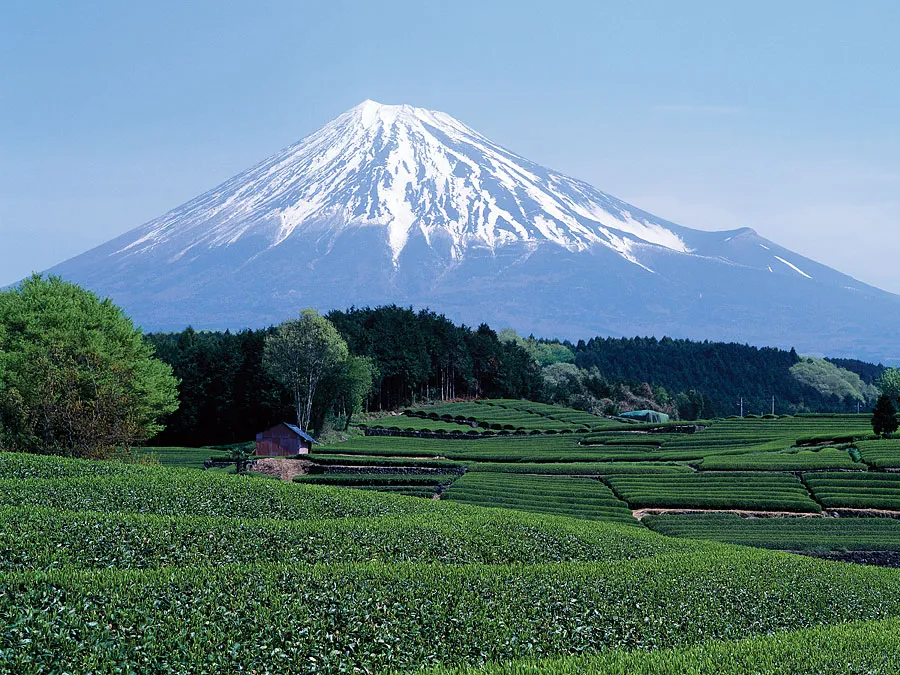
- Climbing Mount Fuji: A bucket-list experience for nature lovers and hikers.
- Lake Kawaguchi: Offers stunning views of Mount Fuji, perfect for photography.
5. Hokkaido



- Shiretoko National Park: A UNESCO World Heritage Site known for pristine wilderness.
- Sapporo: Famous for its snow festivals and lively beer culture.
- Niseko: A top skiing destination in winter.
6. Hakone
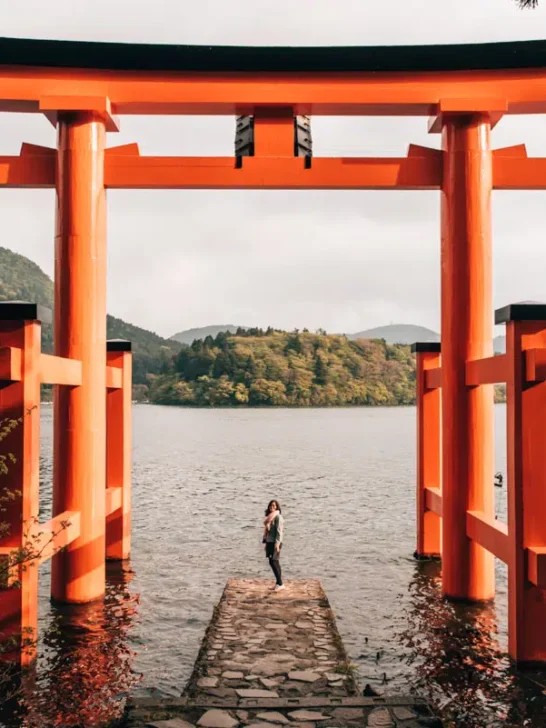
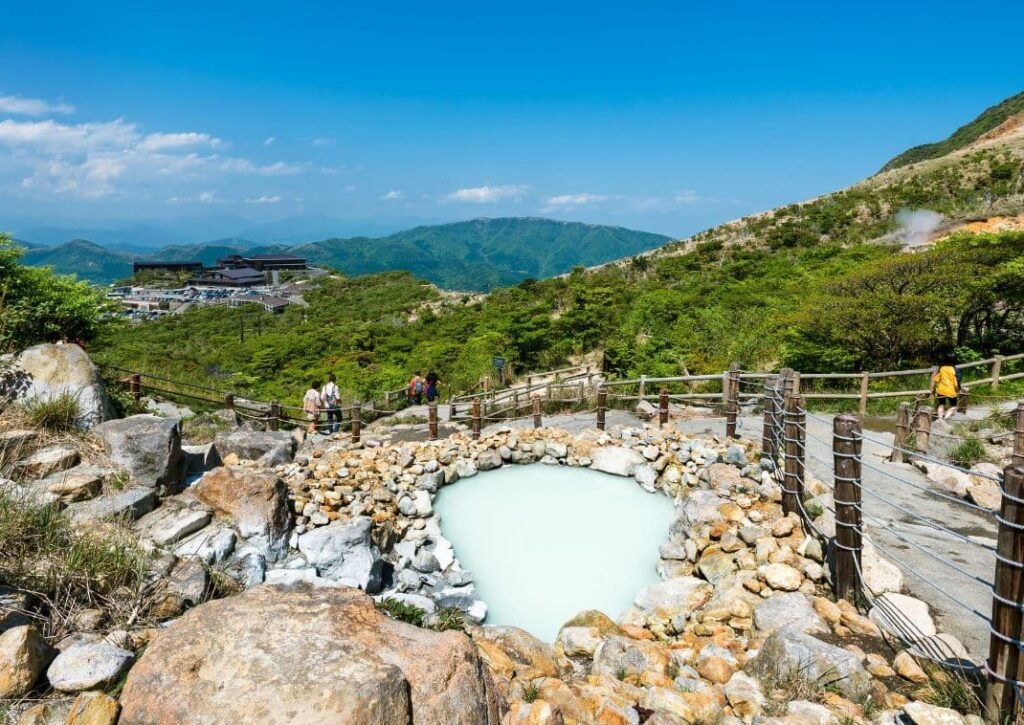

- Hakone Open-Air Museum: A mix of art and nature with sculptures and beautiful landscapes.
- Hot Springs (Onsen): Relax in the famous hot springs with views of Mount Fuji.
7. Okinawa
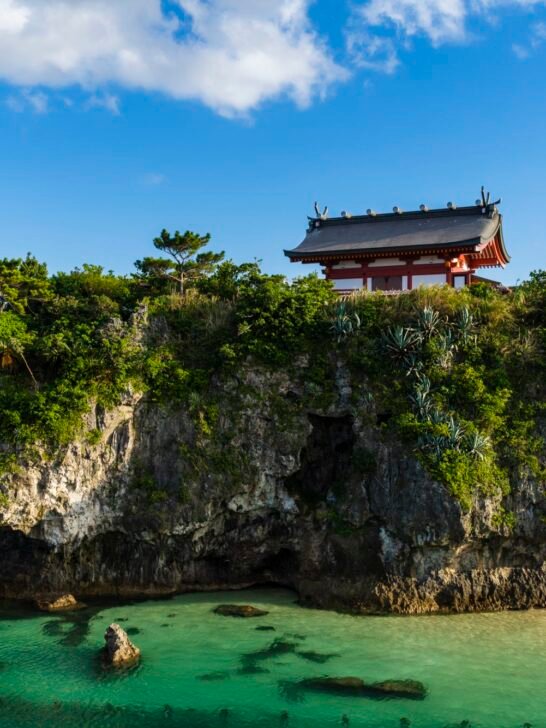
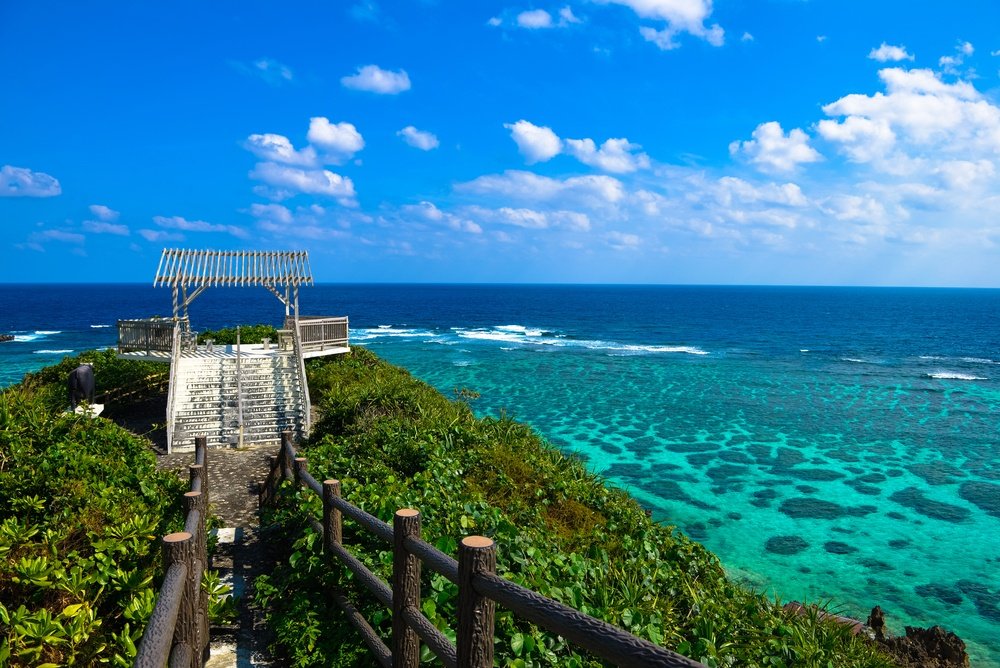
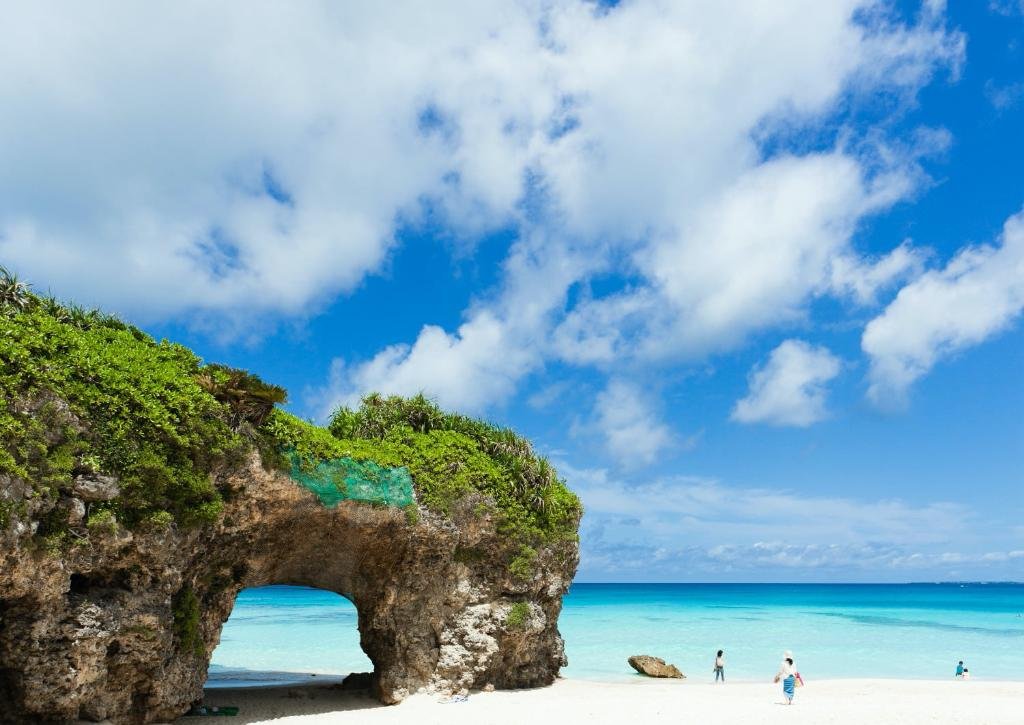
- Shurijo Castle: A stunning castle showcasing Okinawan culture.
- Coral Reefs: Snorkel or dive in crystal-clear waters around Okinawa's islands.
8. The Japanese Alps

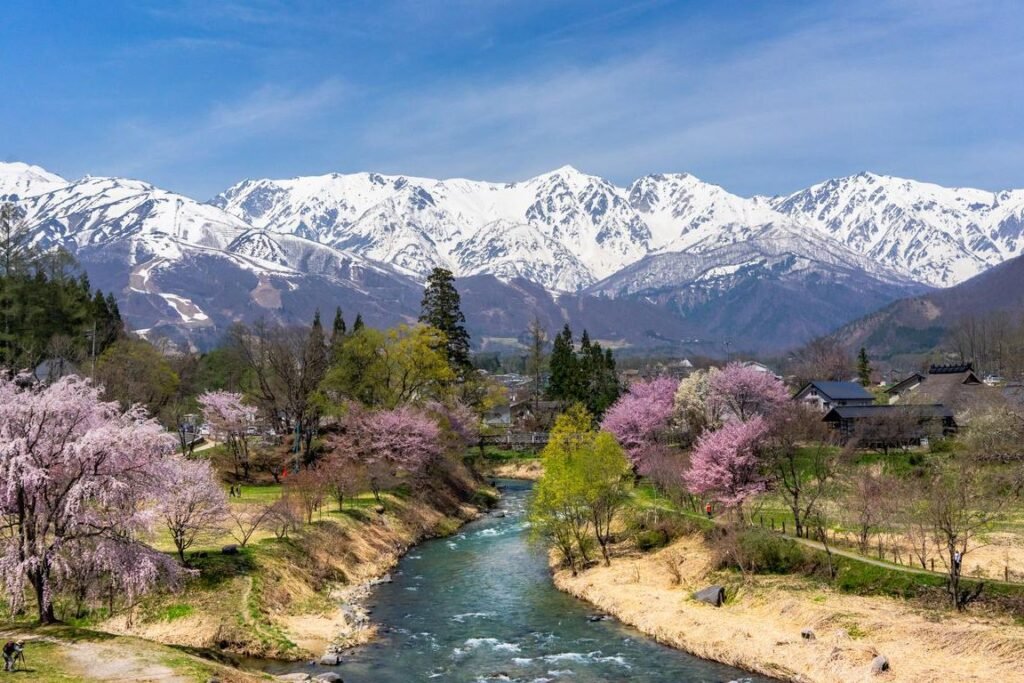
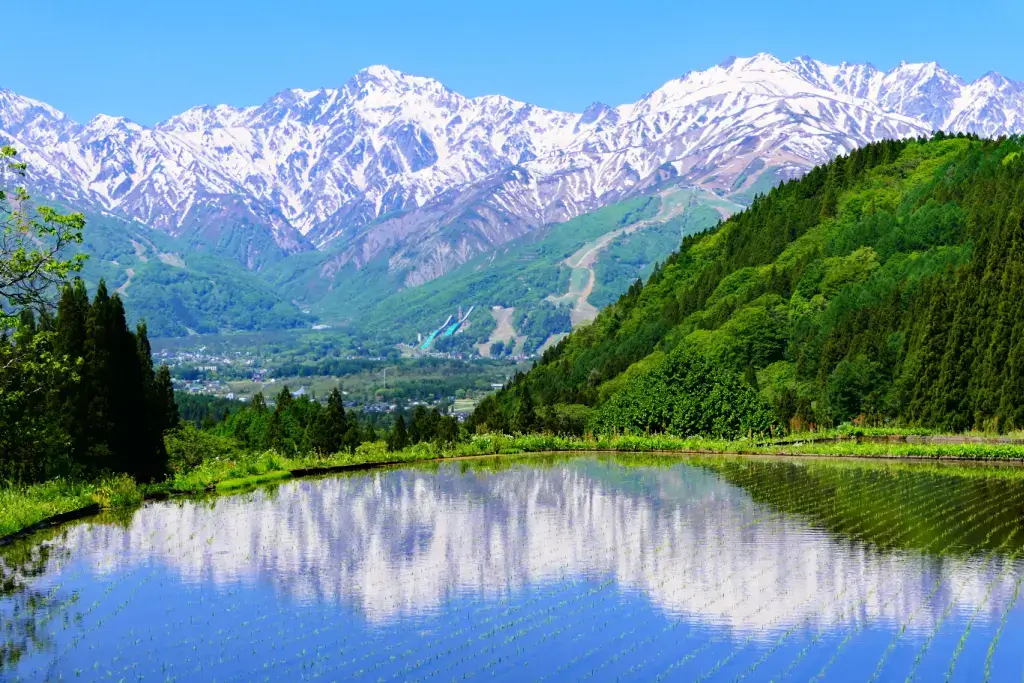
- Kamikochi: A hiker’s paradise with scenic trails and majestic mountains.
- Matsumoto Castle: One of Japan’s most beautiful and historic castles.
9. Miyajima
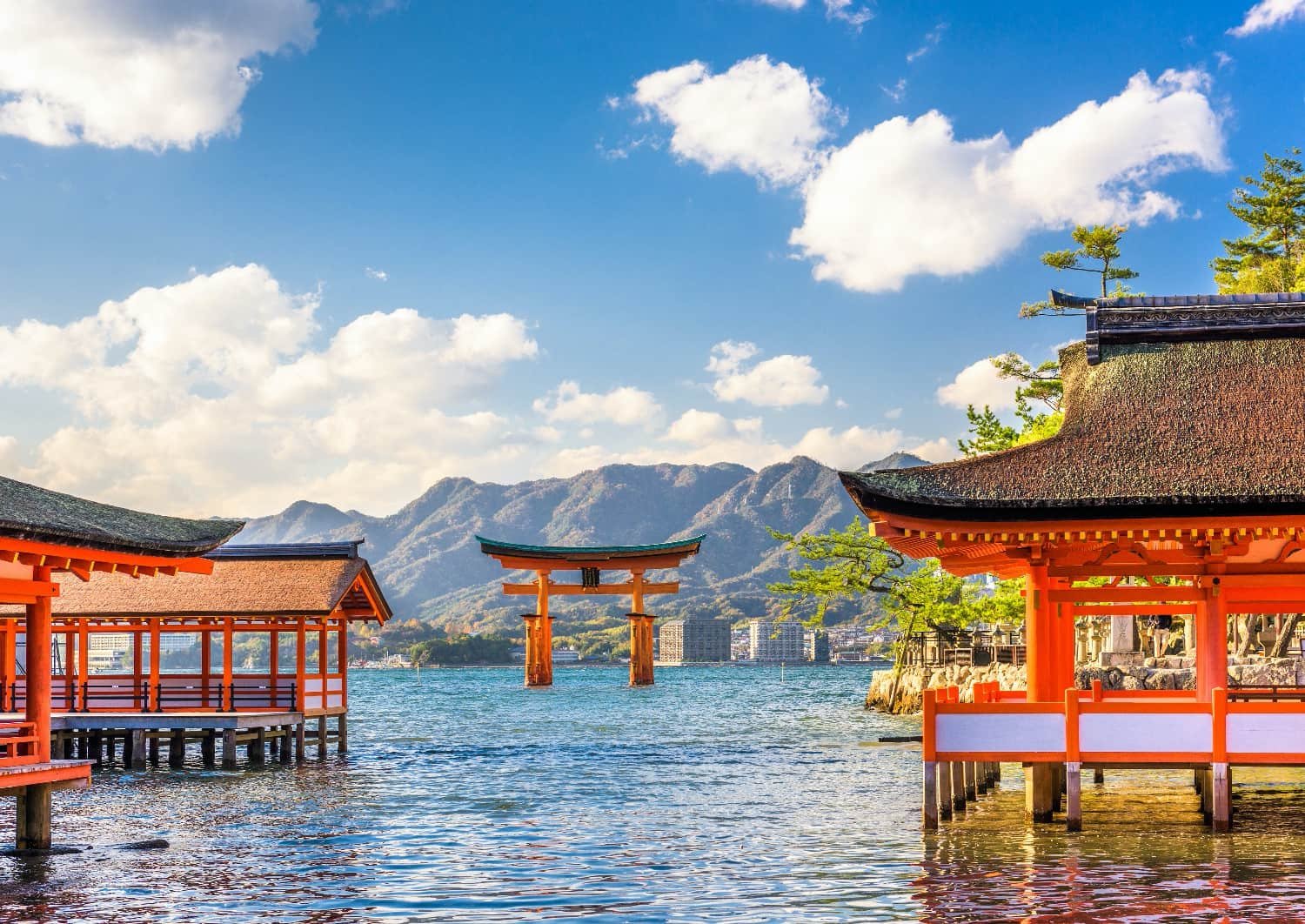
- Itsukushima Shrine: A sacred site with a floating torii gate in the sea.
10. Koyasan
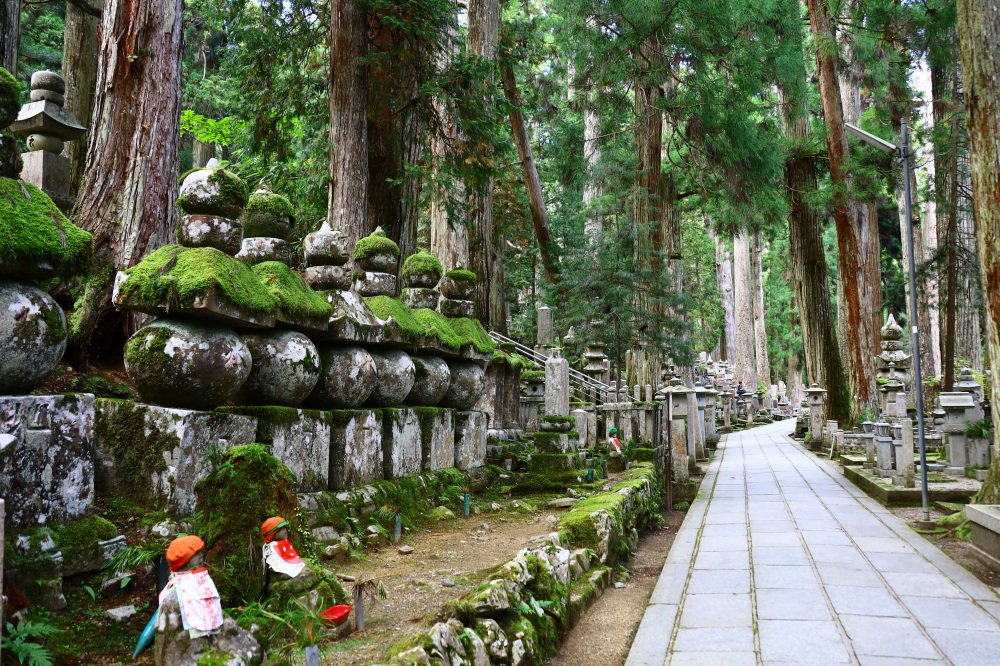
- Koyasan Temple Complex: Explore sacred temples and experience staying in Buddhist monasteries.
Each region of Japan has its own unique offerings, so depending on your interests—whether you love history, nature, or modern attractions—there's something for everyone!
Practical tips for visiting Japan
Japan is a country that perfectly balances ancient traditions with modern advancements, making it an unforgettable destination for travelers. Whether you're a first-time visitor or a seasoned explorer, having a set of practical tips can help you navigate the country with ease and ensure a smooth, enjoyable trip. Here are some practical tips for visiting Japan to help you make the most of your journey.
1. Learn Basic Japanese Phrases
While many Japanese people can understand and speak basic English, especially in major cities, it’s always appreciated when visitors make an effort to speak a few words in Japanese. Some simple phrases to know:
- こんにちは (Konnichiwa) – Hello
- ありがとう (Arigatou) – Thank you
- すみません (Sumimasen) – Excuse me / Sorry
- はい (Hai) – Yes
- いいえ (Iie) – No
- おいしい (Oishii) – Delicious
A little effort goes a long way in showing respect for the local culture.
2. Get a Suica or Pasmo Card
To make your travel within Japan easier, get a Suica or Pasmo card. These smart cards can be used to pay for trains, buses, subways, and even at vending machines, convenience stores, and some restaurants. They are available for purchase at JR stations and airports and are especially useful for first-time visitors who don’t want to deal with individual tickets for every journey.
- Tip: Keep your card topped up as you'll need it for public transport or any purchases throughout the day.
3. Cash is King
While Japan is known for its technological advancements, cash is still king in many aspects of daily life. Smaller establishments, particularly in rural areas, may not accept credit cards. It’s a good idea to always carry some yen, especially for things like small meals, souvenirs, and transport in smaller towns.
- Tip: ATMs at convenience stores like 7-Eleven work with international credit and debit cards.
4. Respect Japanese Etiquette
Japan is a country deeply rooted in tradition, and showing respect for local customs and etiquette is vital to ensuring positive interactions. Here are a few key points:
- Quiet on Public Transport: When using public transport, speak in a low voice and avoid taking calls. Most locals appreciate silence while traveling.
- Bow When Greeting: A slight bow is a common form of greeting and a sign of respect.
- Shoes Off Indoors: In traditional Japanese homes, temples, some hotels (like ryokan), and even certain restaurants, you will be asked to remove your shoes. Always follow this custom.
- Queueing: Always queue up in an orderly fashion. It’s common to see lines at train stations and bus stops, and it's expected that everyone waits their turn.
5. Embrace Japanese Food Etiquette
Japanese food culture is as rich as the country itself, and there are some important dining etiquettes to follow to show respect for the food and the people preparing it.
- Don’t Tip: Tipping is not part of Japanese culture, and in fact, it may be considered rude. Exceptional service is expected as part of the job.
- Chopsticks Etiquette: Avoid sticking chopsticks upright into a bowl of rice, as this resembles a funeral ritual. Never pass food directly from one set of chopsticks to another, as this mimics a funeral custom as well.
- Ramen Slurping: Don’t be shy to slurp your ramen! It’s actually a sign that you’re enjoying the meal.
6. Public Baths and Onsens Etiquette
Japan is famous for its onsens (hot springs), and visiting one can be a rejuvenating experience. However, there are specific customs to follow:
- Clean Yourself First: Before entering the hot spring, wash and rinse your body thoroughly. There are shower stations with stools and hand-held showers where you’ll need to scrub yourself clean.
- Keep Towels Out of the Water: Small towels are provided for drying off or carrying with you, but they should never be brought into the onsen water. Leave them on the side of the pool.
- Tattoo Policy: Some onsens may have restrictions on tattoos, so always check in advance if you have visible tattoos.
7. Transport Tips
Japan’s transportation network is one of the most efficient in the world. To make your travel experience even easier:
- JR Pass: If you’re planning to travel across multiple regions, consider purchasing the Japan Rail Pass. This pass provides unlimited travel on JR trains, including Shinkansen (bullet trains), for a set number of days. You must buy it before arriving in Japan.
- Shinkansen Etiquette: On the Shinkansen, keep noise to a minimum and speak softly. Also, don’t bring food that has a strong smell, as it can disturb fellow passengers.
- Taxis: While taxis are readily available, they can be expensive. Use them if you have large luggage or need to get somewhere quickly. Taxis accept credit cards in most cases, but it’s always good to check beforehand.
8. Stay Connected with Pocket Wi-Fi
Japan offers free public Wi-Fi in many cafes, restaurants, and public spaces, but the coverage might not be as extensive as in other countries. For consistent connectivity, consider renting a pocket Wi-Fi device. It’s an affordable way to stay connected with your phone, use maps, and access translation apps on the go.
9. Prepare for Weather Extremes
Japan experiences a wide range of weather conditions, so it’s important to pack accordingly:
- Spring (March to May): Mild temperatures and cherry blossoms make this a peak travel season. Pack light layers and bring a light jacket.
- Summer (June to August): Summer can be hot and humid, especially in cities like Tokyo and Osaka. Carry sunscreen, hats, and light clothing, and stay hydrated.
- Fall (September to November): This is another popular time to visit due to the beautiful autumn foliage. It can be cool, so bring a jacket and layers.
- Winter (December to February): It can get cold, especially in northern areas, but it’s a great time to visit for winter sports in places like Hokkaido. Bring warm clothing.
10. Respect Local Noise Levels
Japan is a country that places a great emphasis on politeness and consideration for others. Keep your noise level to a minimum, especially in public spaces. On trains, buses, or in restaurants, it’s best to keep conversations quiet. If you’re in a public area like a park or restaurant, respect the atmosphere and maintain a calm presence.
11. Try Unique Experiences
Japan is home to some unique experiences that will add a special touch to your trip. Consider these activities:
- Karaoke: Japan is the birthplace of karaoke, so sing your heart out at one of the countless karaoke bars.
- Sumo Wrestling: If you’re in Tokyo during a sumo tournament, try to see a match live. It’s a fascinating experience of culture and sport.
- Theme Cafes: From cat cafes to owl cafes and even Maid Cafes, Japan is famous for its quirky themed dining spots.
Conclusion: Traveling to Japan in 2025
Traveling to Japan in 2025 promises to be an exciting and enriching experience. With its rich history, vibrant culture, and cutting-edge technology, Japan has something for everyone. By preparing in advance and understanding the essentials—like visa requirements, etiquette, transportation, and currency—you’ll ensure a smooth and unforgettable trip.
From the neon lights of Tokyo to the tranquil temples of Kyoto, Japan is a destination that will leave you with lifelong memories. So, pack your bags, brush up on your Japanese phrases, and get ready to experience one of the most fascinating countries in the world!
If you have any questions, leave a comment below or send me a message! Read my other posts about Japan for more Japan travel inspiration!
Read my other posts about Japan for more Japan travel inspiration!
You can explore more about Japan from here also:
- Hokkaido Road Trip: The Perfect 10-Day Hokkaido Itinerary
- Everything You Need To Know About Driving On Hokkaido, Japan
- Miyajima Itinerary With The Best Things To Do In Miyajima
- The Japanese Alps: A 6-Day Itinerary With All The Highlights
- How to Travel From Kanazawa to Shirakawago (2025 Guide)
- Best Things To Do In Odaiba -Tokyo Guide
- How To Travel From Takayama To Shirakawago (2025 Guide)
- Hiking The Koyasan Choishi Michi Pilgrimage Trail
- The Ultimate Guide to Kamikochi: A Hiker's Paradise in Japan
- Japan Travel Budget: How Much Does It Cost To Travel Japan?
- The Perfect One Month Japan Itinerary And Travel Guide (2025)
- Where To Stay In Tokyo: 7 Best Neighborhoods And Top 10 Hotels
